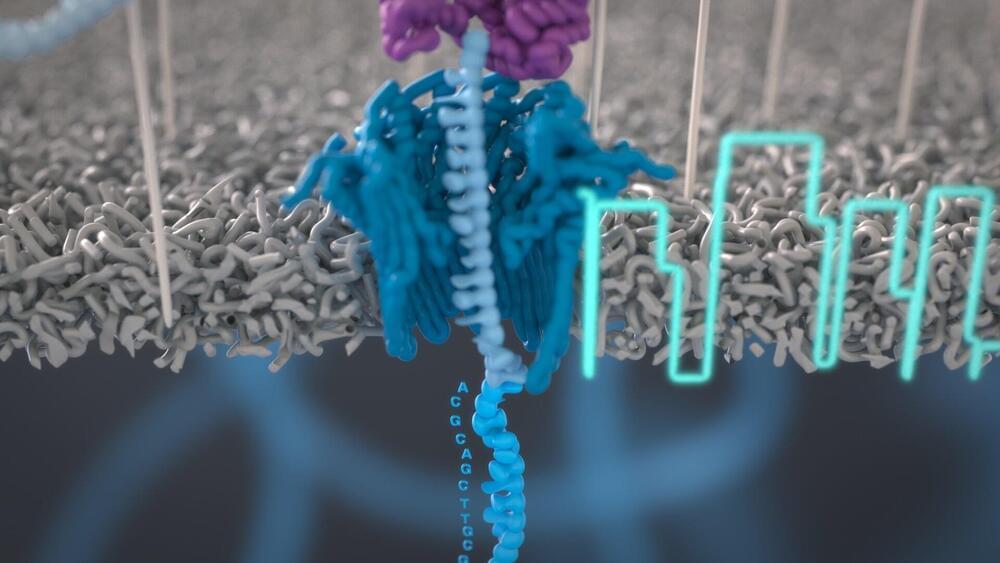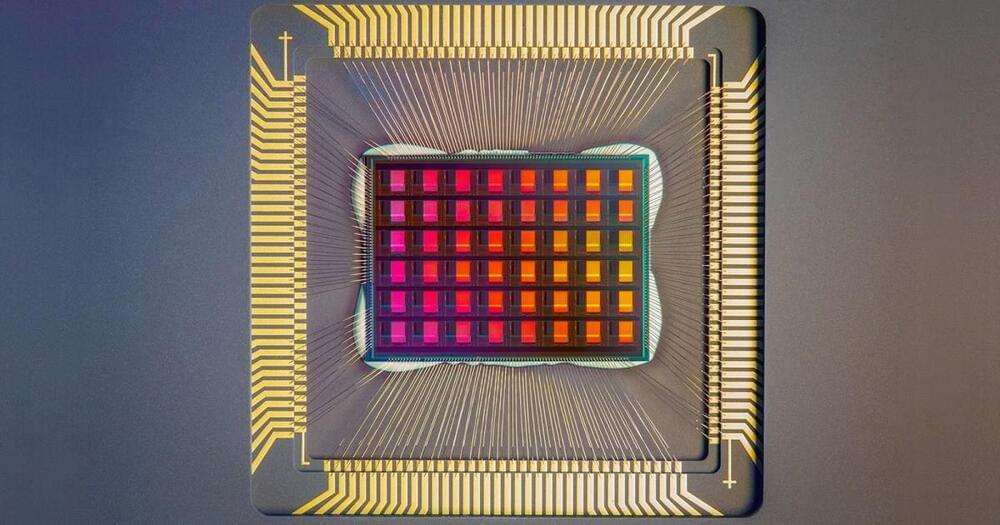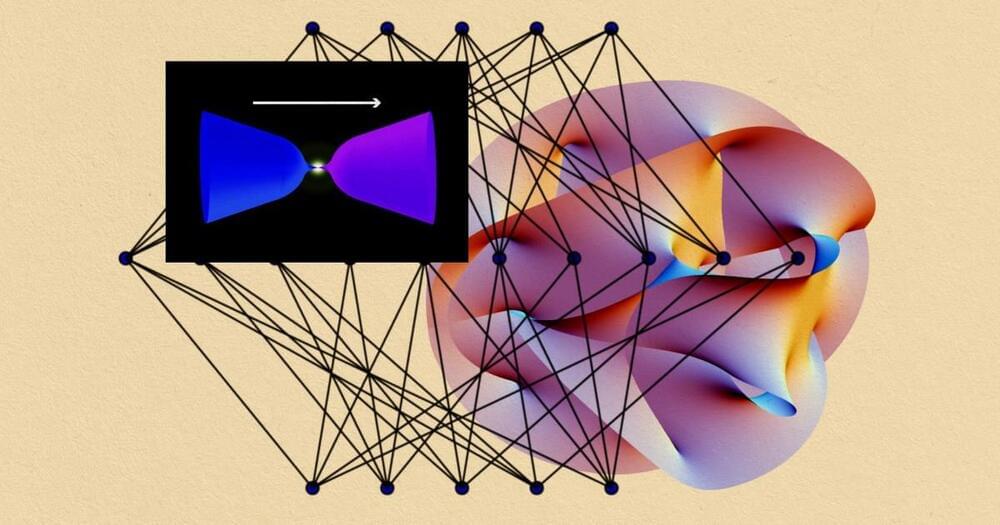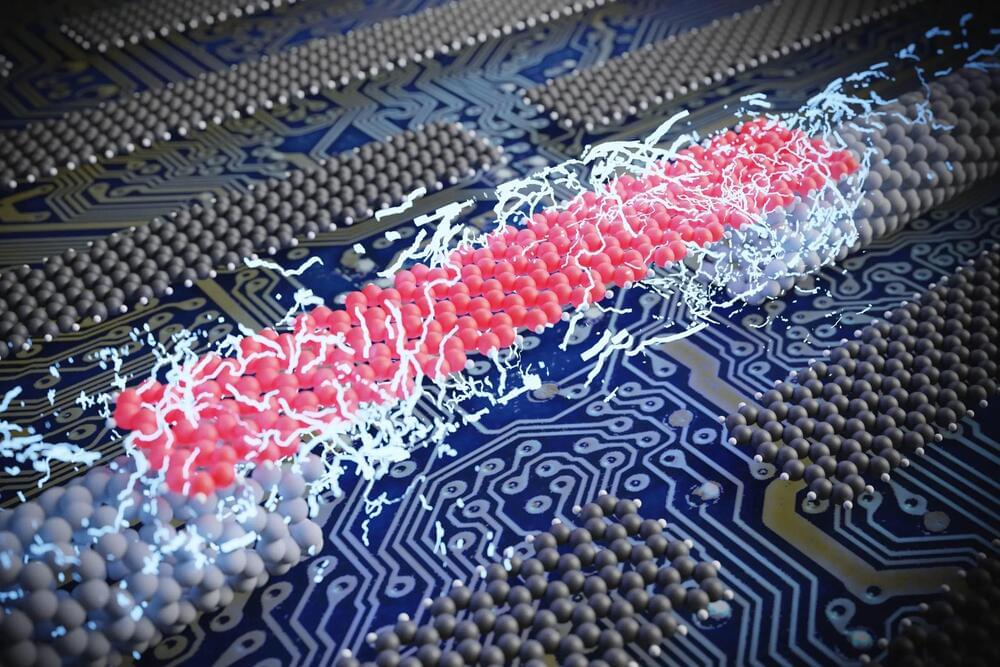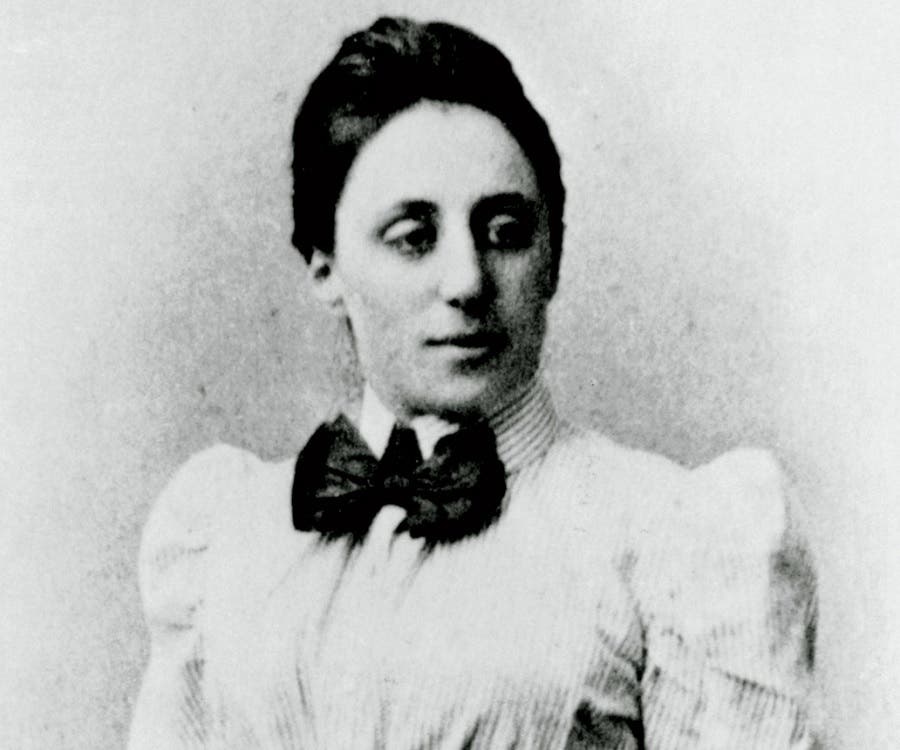Cognitive decline is a growing public health concern that affects millions of people around the world. Amid an aging population, strategies that help prevent or mitigate cognitive deterioration become increasingly relevant to support healthy aging and maintaining independence for longer. Studies in the field of neuroscience applied to architecture (neuroarchitecture) have shown that the physical environment, both internal and external, public and private, plays a fundamental role in this aspect [1]. In this sense, architects and urban planners can direct their projects to create solutions that significantly contribute to this objective.
The human brain is a very plastic organ. In other words, it transforms functionally and structurally according to how it is stimulated. Although this plasticity is much more intense during the development period, it continues to exist throughout our lives [2,3]. Therefore, keeping the brain stimulated during adulthood and aging is key to keeping cognition functioning at its best. In this context, recent studies indicate that certain stimuli help in the development of a cognitive reserve [4]. This, in turn, is the brain’s resilience capacity, which helps it to remain functional even throughout aging and even when some neurodegenerative diseases arise [5].

